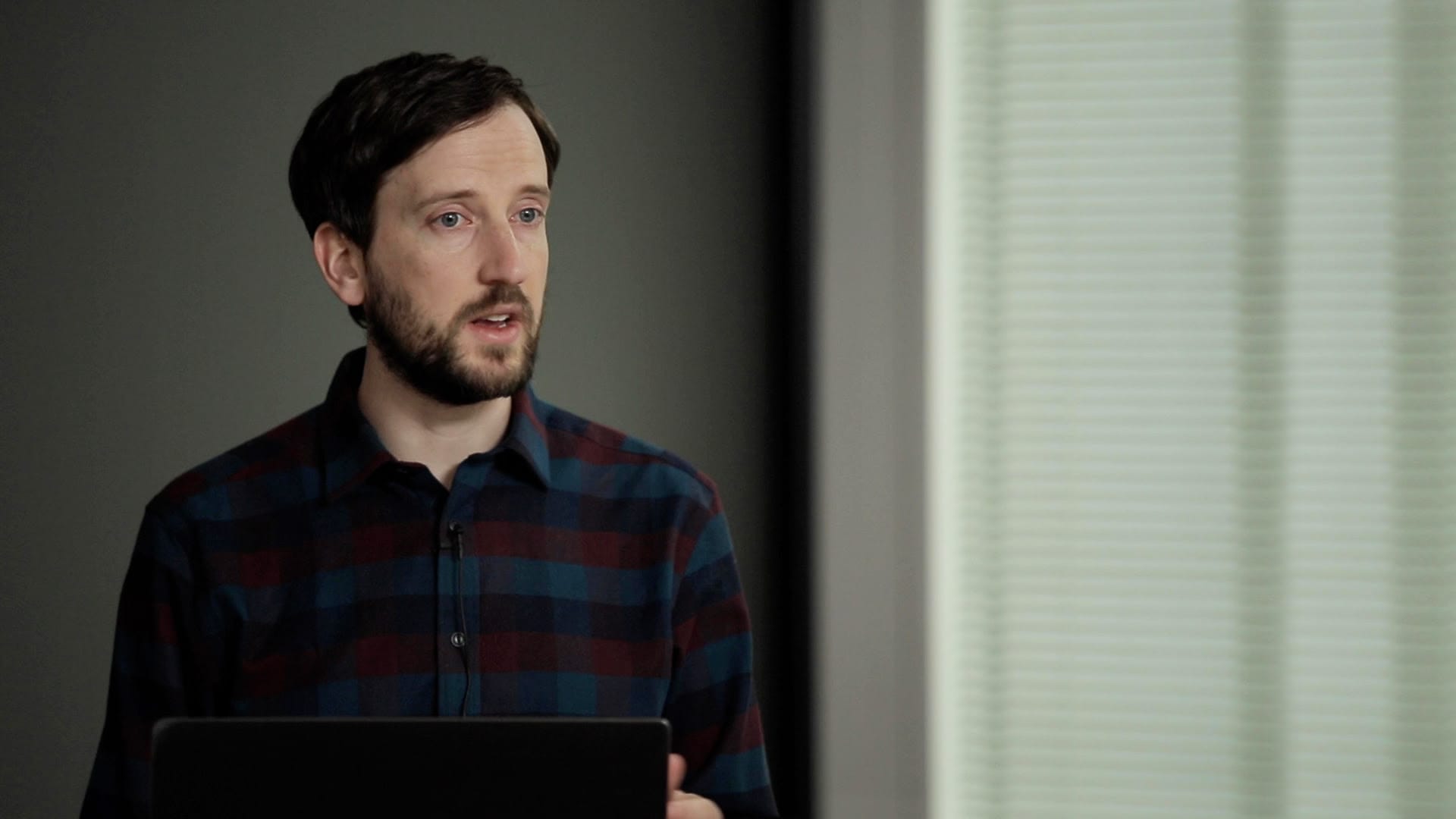Course Objective
Hello! And welcome to the Complete Intro to Containers! The objective of this course is demystify what containers are, describe how they can be useful to you, and walk you through the steps of working with containers so that at the end of this course containers will be another tool available to you in your toolbox. Containers are just getting more important in the industry and now it's not just a tool for ops, it's a tool for developers. Everyone from the designers to the low level system engineers will need to interact with containers on a regular basis. This will help you get ahead of the curve.
Who Are You?
This course is aimed at a developer demographic. While all the examples will be dealing with JavaScript applications, you don't necessarily need to be a JavaScript developer to grasp this case; the code will be incidental to the concepts being taught.
This course assumes a very basic grasp of Linux and using the command line. You don't need to be a bash expert but this shouldn't be your first exposure to Linux or the command line. The class will be taught for both macOS and Windows users and will be using Ubuntu and Alpine Linux for the containers. This will also work well for Linux developers but the class won't have any additional instructions for Linux devs but following the macOS steps should be 95% the same. If you are a Windows developer, please be using Windows 10. You'll need to either use WSL 2 or VirtualBox. See the set up instructions below.
If you need to brush up on your Linux basics, I taught a course here that would be super helpful and I strongly suggest you take that first
To see all of the completed project files in a repo, refer here.
Do note that containers can take a lot of CPU and memory. If you have a modern-ish processor and 8GB, you will be fine. This could probably be done with some slow down on 4GB but anything lower would be pretty tough.
This can also take a lot of bandwidth because we'll be downloading a lot of things. Be aware of that.
Where to File Issues
I write these courses and take care to avoid making mistakes. However, when teaching hours of material, mistakes are inevitable, both here in the grammar and in the course with the material. However, I (and the wonderful team at Frontend Masters) are constantly correcting the mistakes so that those of you that come later get the best product possible. If you find an error, we'd love to fix it. The best way to do this is to open a pull request or file an issue on the GitHub repo. While I'm always happy to chat and give advice on social media, I can't be tech support for everyone. And if you file it on GitHub, those who come later can Google the same answer you got.
Who Am I?

My name is Brian Holt and I am the vice president of product at SQLite Cloud. I love teaching and teaching courses. I was previously on a path to become a university professor before pivoting in tech. Luckily Frontend Masters has afforded me an amazing opportunity to take my practical knowledge I have acquired over the years of working in various roles of tech to share that knowledge with everyone I can.
My current role is trying to make the simple, lightweight, blazing-fast database SQLite scale to enormous proportions to power every web and mobile app. Previous to my current role, I worked as a PM at Snowflake, Stripe, and Microsoft and as a staff engineer at LinkedIn, Netflix, Reddit, and a few other startups. I have had the privilege of having a varied career and to see tech from a lot of angles and I hope to share that with you.
I got really interested in containers when I was put in charge at Microsoft of developer experience for JavaScript developers working with Microsoft Azure. At first I was really intimidated by them: they were this big, scary operations tool that was unapproachable to me, a JavaScript developer. Once I started to dig into them, I realized that they were neither complicated nor scary. Containers are surprisingly simple pieces of technology and I promise once we work through them they will be far less scary.
Please catch up with me on social media, would love to chat. I will warn you: I am awful at responding to direct messages!
And hey, if you could take a second and star the repo on GitHub I'd be super appreciative. It helps me reach more people and strokes my fragile ego.